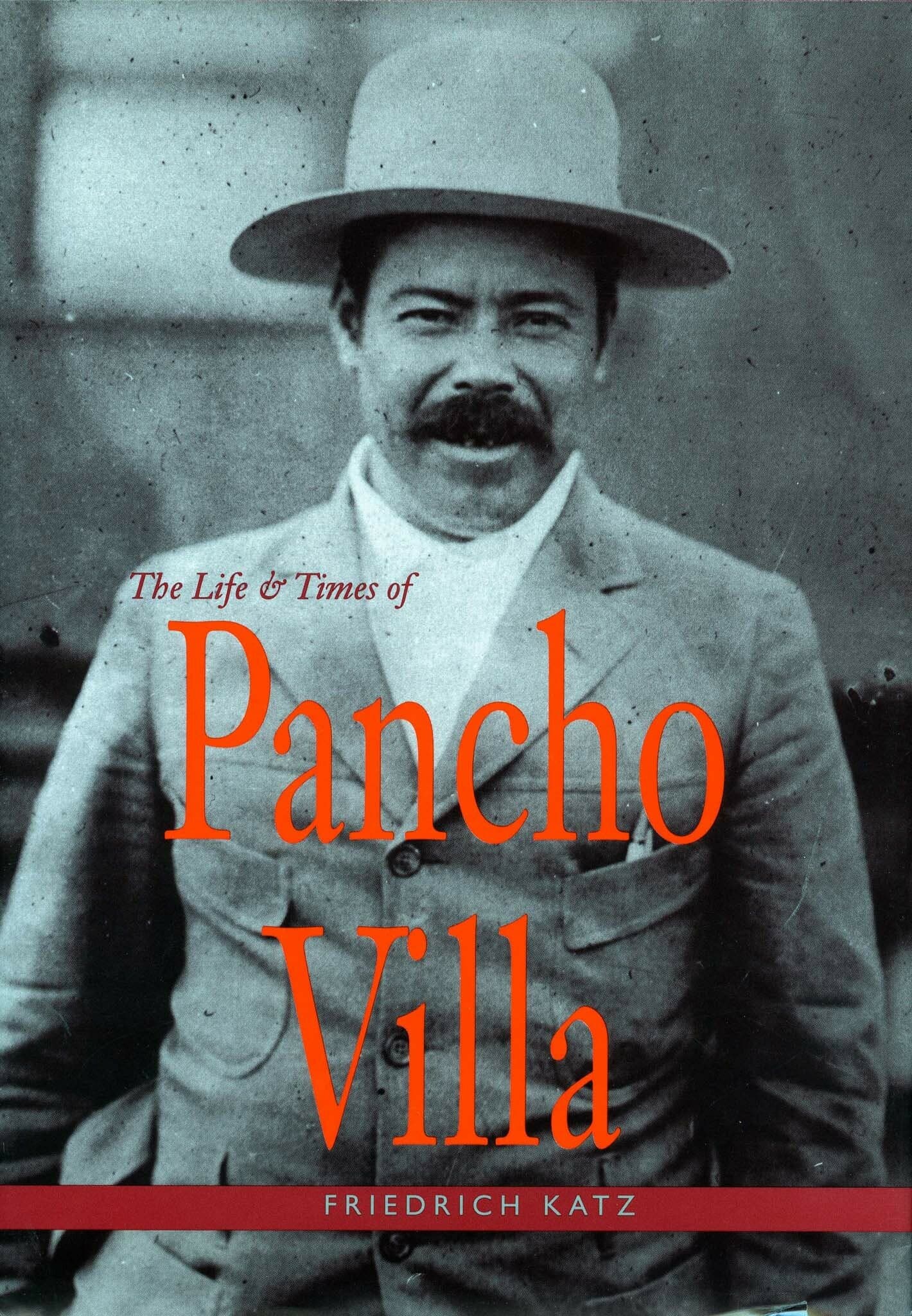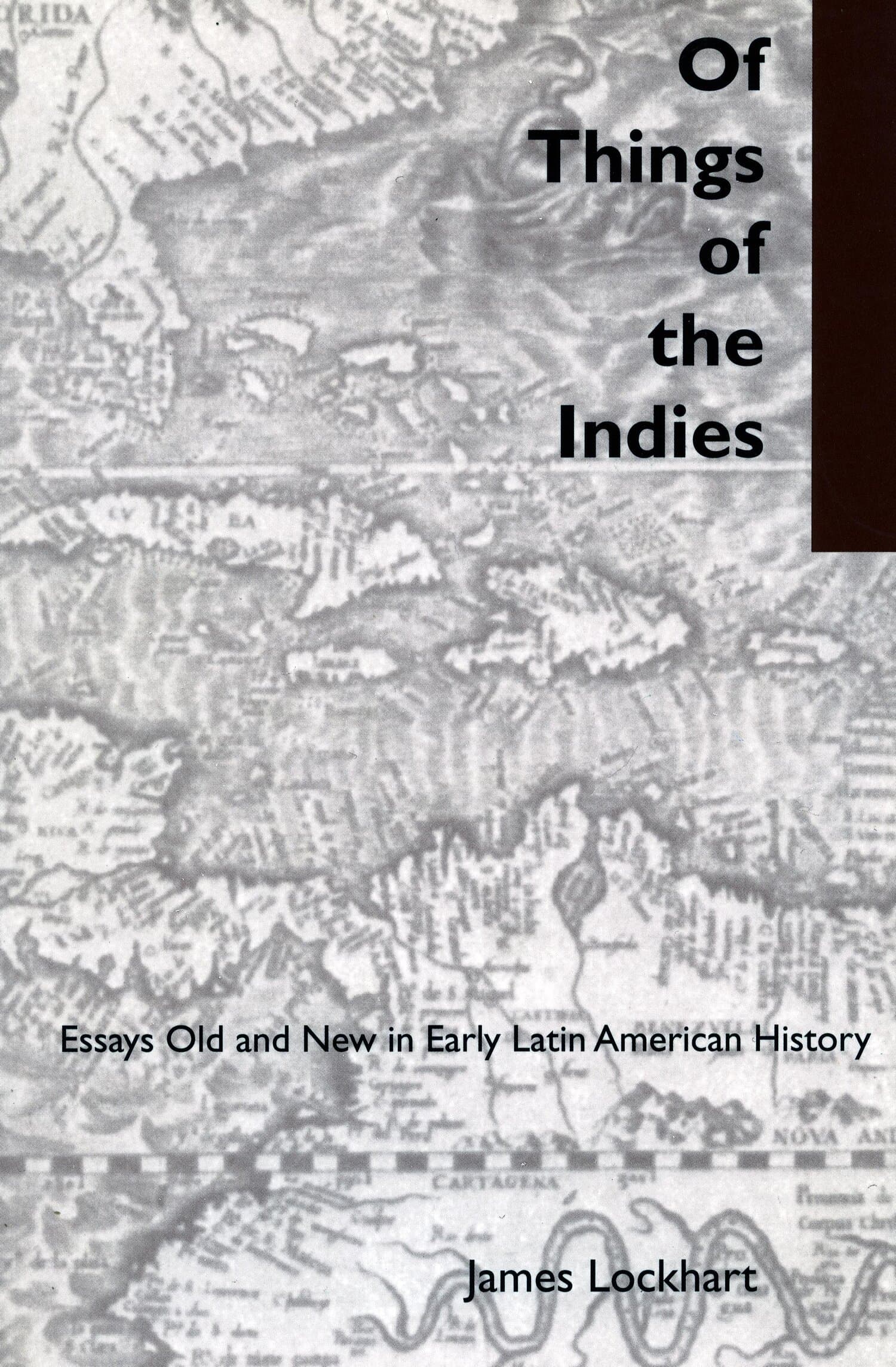The Life and Times of Pancho Villa
Award Winner
2000: Bryce Wood Book Award
Winner of the 2000 Bryce Wood Book Award, sponsored by the Latin American Studies Association.2000: Herbert Eugene Bolton Memorial Prize
Winner of the 2000 Herbert Eugene Bolton Memorial Prize, sponsored by The Conference on Latin American History.1999: Albert J. Beveridge Award
Winner of the 1999 Albert J. Beveridge Award, sponsored by the American Historical Association.

Alongside Moctezuma and Benito Juárez, Pancho Villa is probably the best-known figure in Mexican history. Villa legends pervade not only Mexico but the United States and beyond, existing not only in the popular mind and tradition but in ballads and movies. There are legends of Villa the Robin Hood, Villa the womanizer, and Villa as the only foreigner who has attacked the mainland of the United States since the War of 1812 and gotten away with it.
Whether exaggerated or true to life, these legends have resulted in Pancho Villa the leader obscuring his revolutionary movement, and the myth in turn obscuring the leader. Based on decades of research in the archives of seven countries, this definitive study of Villa aims to separate myth from history. So much attention has focused on Villa himself that the characteristics of his movement, which is unique in Latin American history and in some ways unique among twentieth-century revolutions, have been forgotten or neglected. Villa’s División del Norte was probably the largest revolutionary army that Latin America ever produced. Moreover, this was one of the few revolutionary movements with which a U.S. administration attempted, not only to come to terms, but even to forge an alliance. In contrast to Lenin, Mao Zedong, Ho Chi Minh, and Fidel Castro, Villa came from the lower classes of society, had little education, and organized no political party.
The first part of the book deals with Villa’s early life as an outlaw and his emergence as a secondary leader of the Mexican Revolution, and also discusses the special conditions that transformed the state of Chihuahua into a leading center of revolution. In the second part, beginning in 1913, Villa emerges as a national leader. The author analyzes the nature of his revolutionary movement and the impact of Villismo as an ideology and as a social movement. The third part of the book deals with the years 1915 to 1920: Villa’s guerrilla warfare, his attack on Columbus, New Mexico, and his subsequent decline. The last part describes Villa’s surrender, his brief life as a hacendado, his assassination and its aftermath, and the evolution of the Villa legend. The book concludes with an assessment of Villa’s personality and the character and impact of his movement.
"Friedrich Katz's The Life and Times of Pancho Villa is a masterpiece of contemporary historiography. . . . Diligent, extremely well-documented, fluid and elegant at all times, Friederich Katz presents Mexicans with our ghosts—alive."—Carlos Fuentes
Los Angeles Times Book Review
"A towering new biography.... The research here obviously represents decades of devotion, and it is formidable.... Gives broader perspective on the revolution, one that is sorely needed."—New York Times Book Review
A "Best Book of 1998" Library Journal selection
"This is the definitive work on Mexican revolutionary Pancho Villa.... The work is exhaustively researched and scrupulously documented; it also makes for engrossing reading, as Latin America specialist Katz takes hold of the legend, gives it a good shaking, and comes up with something far more complex."—Library Journal starred review
"A splendid work that can be enjoyed by the general reader and by scholars of the period on both sides of the border." —The Journal of American History
"Anyone with any interest in Pancho Villa will want to have this book. It is the last word on the subject and will no doubt be the definitive work. . . . You'll be hooked."—Publication of the El Paso County Historical Society




